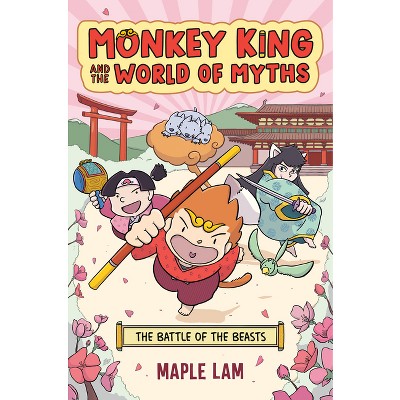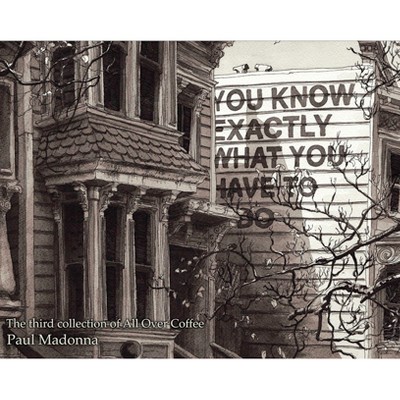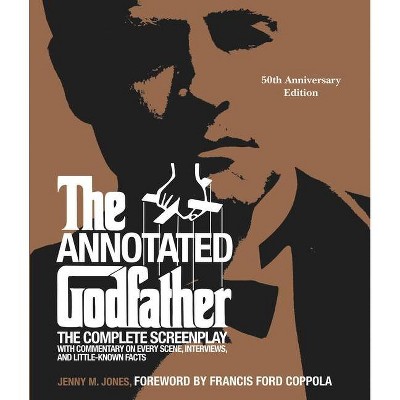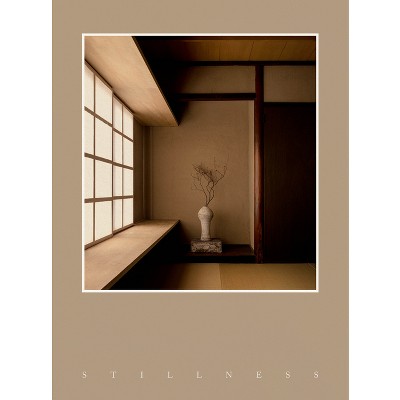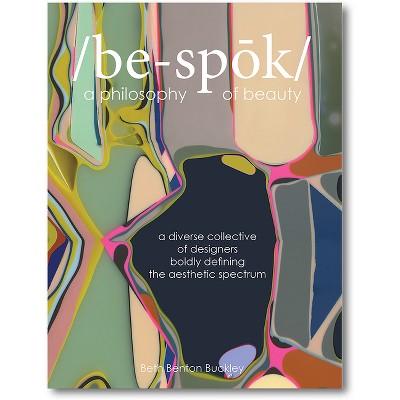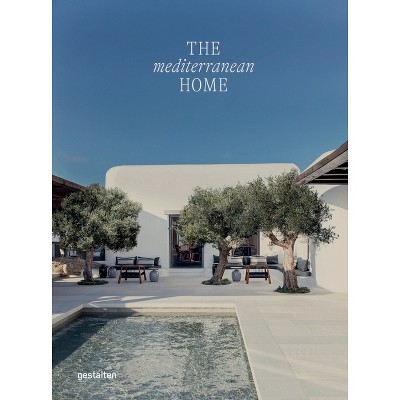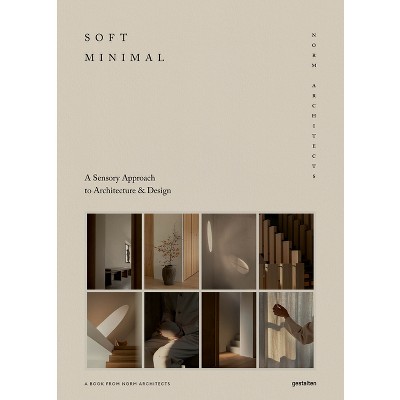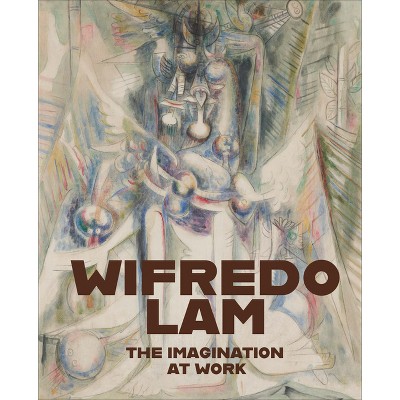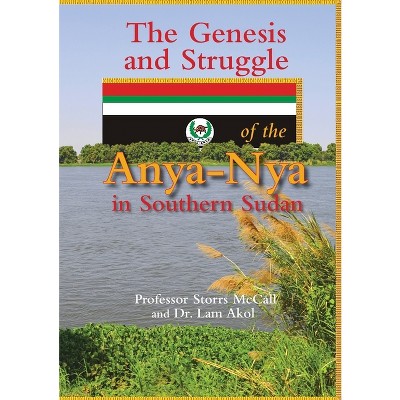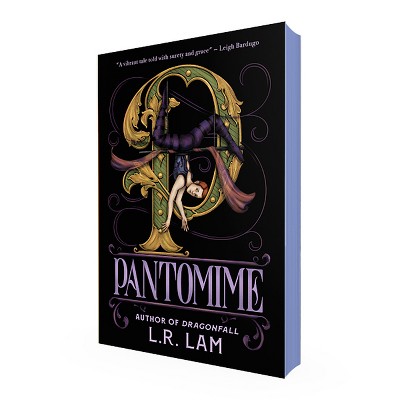Sponsored

Wifredo Lam: When I Don't Sleep, I Dream - by Beverly Adams & Christophe Cherix (Hardcover)
In Stock
Sponsored
About this item
Highlights
- A sweeping retrospective of the innovative and influential Cuban-born artist, bringing new perspectives to his globe-spanning life and lyrical artOver a career spanning six decades, Wifredo Lam radically expanded the purview of modernism.
- Author(s): Beverly Adams & Christophe Cherix
- 288 Pages
- Art, Individual Artists
Description
Book Synopsis
A sweeping retrospective of the innovative and influential Cuban-born artist, bringing new perspectives to his globe-spanning life and lyrical art
Over a career spanning six decades, Wifredo Lam radically expanded the purview of modernism. Born in Cuba, Lam spent most of his life in Spain, France and Italy, and came to embody the figure of the transnational artist in the 20th century, forging a unique visual style at the confluence of European modernity and Caribbean and African diasporic cultures. The extent of his influence throughout the Black Atlantic is unrivaled as both a leading innovator and an anti-colonialist.
Published in conjunction with the most extensive retrospective devoted to the artist in the United States, Wifredo Lam: When I Don't Sleep, I Dream brings together more than 150 works from his prolific career--including paintings, large-scale works on paper, collaborative drawings, illustrated books, prints, ceramics and archival material. This landmark publication features extensive new photography; trenchant insights into Lam's relationship to Surrealism, Négritude and other literary, cultural and poetic movements; and the first in-depth conservation analysis of Lam's best-known painting, The Jungle (1942-43).
Wifredo Lam (1902-82) left his native Cuba at age 21 to pursue a career in painting. He studied first in Spain, where he fought in the Spanish Civil War, before moving to France in 1938. There he met artists and writers such as Pablo Picasso, André Breton and the Surrealists. Fleeing the Nazi occupation, Lam returned to Cuba in 1941, where his work became increasingly experimental, both technically and in the development of his unique visual language. Returning to Europe in 1952, where he spent the remainder of his life, Lam expanded his material production into printmaking and ceramics, while continuing his visionary approach to painting, which he called "an act of decolonization."
Shipping details
Return details
Guests also viewed
Discover more options
